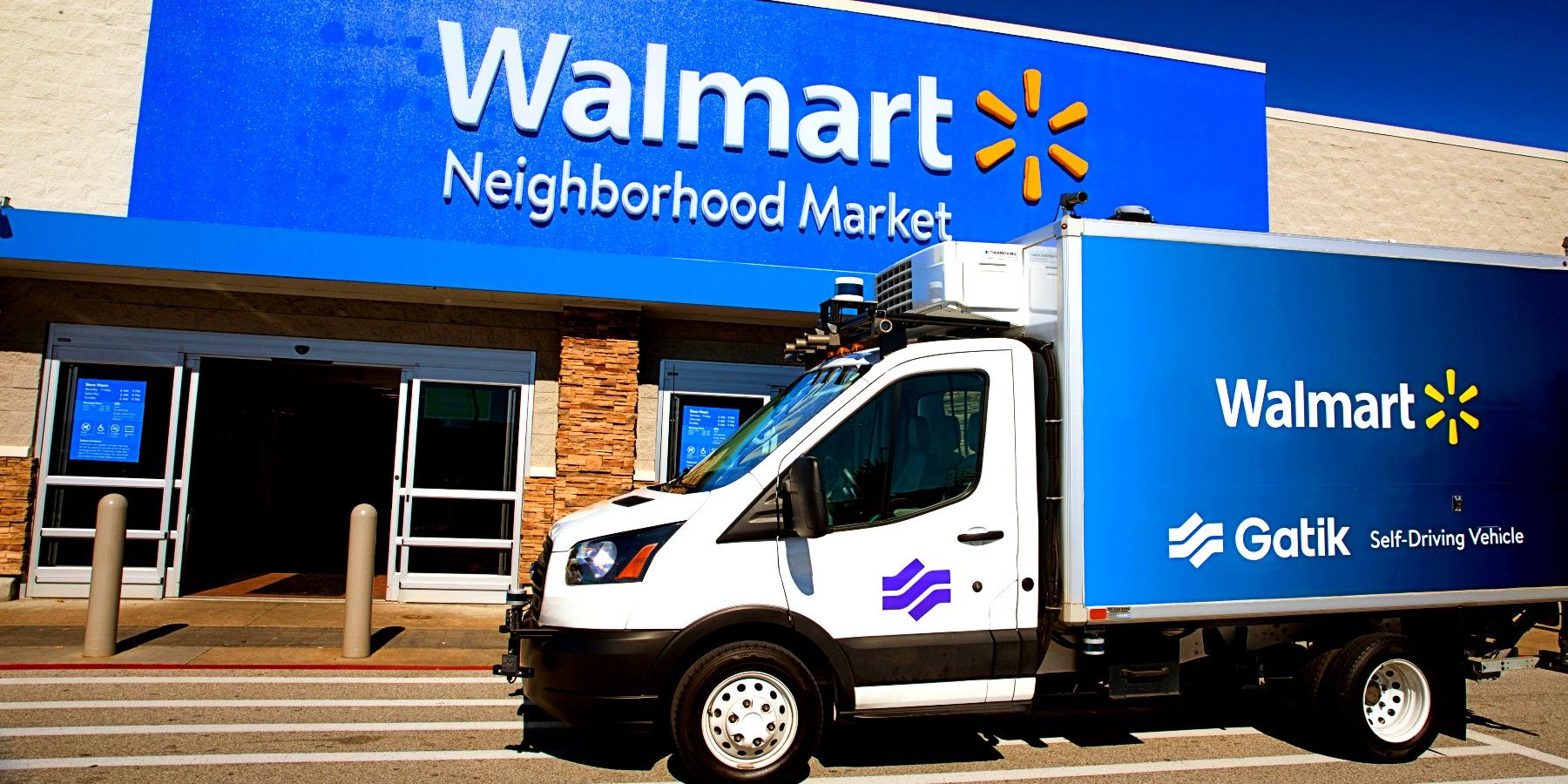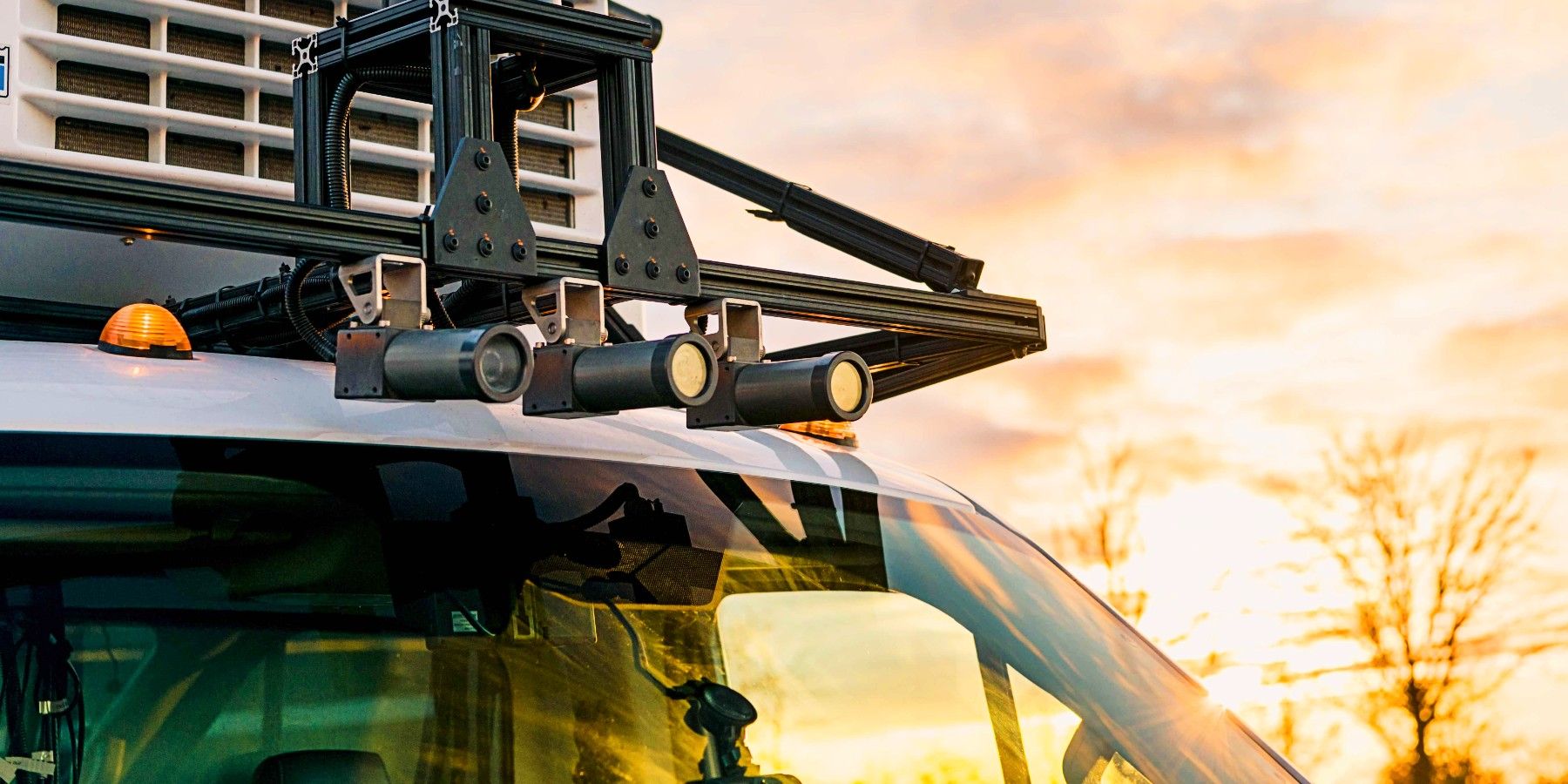Arkansas residents shouldn't panic if they see a Walmart truck with no driver smoothly cruising along the city streets. It's just the future of truck delivery that is finally here. The supply chain crisis and the shortage of truck drivers have presented large companies with the opportunity to speed up their self-driving truck deliveries. Self-driving trucks are not new. They have been in development or a test phase for years, but getting them off the ground has been difficult.
TuSimple, Embark, Daimler, a Mercedes Benz partner, and the Volvo Group are just some of the companies competing for a piece of the self-driving U.S. truck market that continues to grow. Some companies are already autonomous on highways but use a driver for security. Driving large freight trucks in complicated, narrow and busy city streets has proven to be a great challenge for self-driving software developers.
Walmart became the first in the U.S. to use truck deliveries with no human behind the wheel. The company developing the technology is Gatik, a rapidly growing startup. Gatik's fleet of self-driving vehicles now drives seven days a week, 12 hours a day in Arkansas. The autonomous driving technology they use is not different from the technology other autonomous driving vehicles, like Tesla, use. Cameras, sensors and AI-powered software are the core of the system. But Gatik has some tricks under its sleeve. It uses medium-duty trucks. Not only are these easier to drive than the larger trucks, but they are big enough to mount extra hardware, like large cameras and sensors on the roof, that just doesn't look good on a Tesla.
100 Percent Safety Record
Recruiting a team of highly talented engineers and researchers with long years of experience developing autonomous technologies and partnering with Fortune 500 companies in the U.S. and Canada has been vital for Gatik's fast track to success. The company has also shaken up the classic models of logistics and freight transport. Instead of covering long distances in large trucks, they set up smaller B2B warehouses shortening the distances of the haul.
Union drivers across the U.S. have been reluctant to accept that the future of truck driving is in self-driving vehicles. Hundreds of thousands of jobs will be lost if fully self-driving trucks are implemented across the U.S. However, companies developing self-driving assure they are in the business of saving lives and often cite U.S. truck crash statistics. Every year there are more than 500,000 truck-related accidents in the U.S. That's 1,369 every day. Truck accidents have increased 52 percent since 2009, and 74 percent of all fatal passenger vehicle cases include a large truck.
Gatik and Walmart received the Arkansas State Highway Commission's first-ever approval to remove the safety driver from Gatik's autonomous trucks, following the completion of 18 months' successful operations. The company also holds an impressive 100 percent safety record for its operations in Arkansas, Texas, Louisiana and Ontario. "This milestone signifies a revolutionary breakthrough for the autonomous trucking industry," Gautam Narang, CEO and co-founder, of Gatik said. Narang assures Gatik is here to stay and will continue to expand. "Our deployment in Bentonville (Arkansas) is not a one-time demonstration. These are frequent, revenue-generating, daily runs that our trucks are completing safely in a range of conditions on public roads," the CEO said.
Sources: Gatik Press Release, Policy Advice


